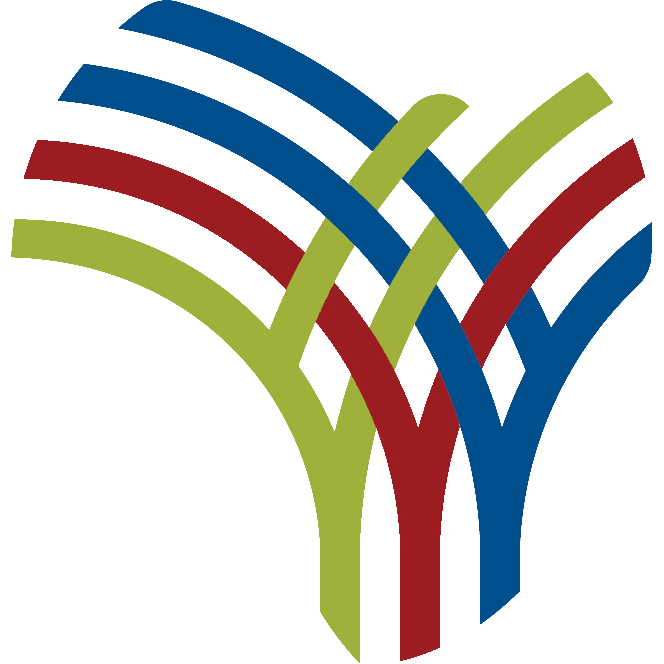Malaria is one of Kenya’s biggest public health challenges, with children under the age of 5 carrying the most heaviest burden. The country was at the forefront of malaria vaccine trials and was one of the first three African countries to pilot the S vaccine, the RTS, under the Malaria Vaccine Implementation Programme (MVIP). However, we have found that Kenya is currently behind adopting the R21/Matrix-M vaccine. Delays are unfair and dangerous.
Benefits of R21
The introduction of the malaria vaccine was a groundbreaking moment in the fight against the disease. RTS, S, was the first malaria vaccine to be approved by the WHO, and was a historic step, but with limitations such as a complex four-dose regimen and moderate efficacy. Developed by Oxford University and manufactured by the Serum Institute of India, R21 outperforms RTS in major regions.
Higher Efficacy: Clinical trials show that R21 achieves efficacy of 75% or more, compared to approximately 56% of RTS efficacy.
Low Cost: R21 costs around $3 per dose, significantly lower than RTS, S, and costs between $9-10 per dose.
Easier Storage and Scalability: The R21 is more physically stable, making it easier to transport and store, especially in rural health facilities where cold chain infrastructure is limited.
Proven implementations in other African countries: countries such as Nigeria, Ghana, and Burkina Faso have already begun to deploy R21, demonstrating its feasibility and effectiveness in a real-world setting.
Despite these benefits, Kenya has not yet made the transition.
The Financial and Logistics Edge
Kenya faces challenges in securing vaccines from Gavi, the vaccine alliance for non-wage, and highlighting the urgent need for cost-effective healthcare policies. Hesitant to adopt R21 represents a failure to prioritize long-term financial sustainability in vaccination programs. The cheaper and more effective R21 vaccine offers an opportunity to save more lives and reduce costs. Policy above RTS-preferred policy R21 is economically unhealthy and medically defensible.
Risk of delay: Living on the line
Every day Kenya delays the implementation of R21, children continue to die from malaria. With climate change rising mosquito populations and malaria infections, Kenya cannot afford to buy inertia. Malaria cases remain high, especially in endemic areas such as Western Kenya and the lake basin. A faster transition to R21 can prevent thousands of deaths each year, but bureaucracy and inexplicable hesitation keep the vaccine out of reach.
Lessons from Covid-19: The Power of Multiple Options
Kenya has shown significant agility during the Covid-19 pandemic by rolling out multiple vaccine options simultaneously to allow for better coverage and accessibility. There is no reason why a similar approach cannot be adopted for malaria vaccines. RTS, S, and R21 coexist in a gradual transition, ensuring that children continue to receive protection and Kenya moves towards a cost-effective, more effective alternative.
Time for accountability and action
Kenya has long been a regional leader in healthcare innovation, but has been behind in malaria vaccinations. The Ministry of Health must provide a clear roadmap for the R21 rollout to ensure that financial and logistical barriers are addressed urgently. The silence surrounding this delay is unacceptable. The government owes it to its people to make decisions based on scientific evidence and financial prudence rather than bureaucratic inertia.
R21 is not just another vaccine. It is a lifeline for millions of Kenyan children at risk of malaria. Every moment of delay is the moment when a preventable death occurs. The government must act and act now.
reference
1 day sooner. (2024). How cost-effective is the new R21 vaccine compared to existing malaria interventions? (Online) Available: https://www.1daysooner.org/how-cost-enfective-enctivetective-is-the-new-r21-vaccine-compared-to-existing-malaria-interventions/ (accessed February 7, 2025).
Lancet. (2025). Introducing Africa’s malaria vaccines: progress and challenges. (Online) Available: https://doi.org/10.1016/S0140-6736(24)02841-1 (accessed February 7, 2025).
Who? (2024). World Malaria Report 2024: Addressing inequality in global malaria response. Available online at https://www.who.int/teams/global-malaria-clgramme/reports/world-malaria-report-2024 (accessed February 7, 2025).
UNICEF. (2024). Malaria vaccine price data. (Online) Available: https://www.unicef.org/supply/documents/malaria-vaccine-price-data (accessed February 7, 2025). Lancet Glove Health. December 2024; 12 (12): E1739-E1742. doi: 10.1016/s2214-109x(24)00507-4. EPUB 2024 Dec11. PMID: 38107061.
Sign up for the AllAfrica newsletter for free
Get the latest African news
success!
Almost finished…
You need to check your email address.
Follow the instructions in the email you sent to complete the process.
error!
There was a problem processing the submission. Please try again later.
Liu Q, Jing W, Kang L, Liu J, Liu M. Global, regional and national outbreak trends of malaria and its impact on malaria prevention in 204 countries from 1990 to 2019. J Travel Med. May 24, 2021; 28 (4): TAAB046. doi: 10.1093/jtm/taab046. PMID: 33797456; PMCID: PMC8289972.
Who? World Malaria Report 2023. Geneva: World Health Organization. 2023. License: CC BY-NC-SA 3.0 IGO.
Amani A, Mboussou F, Impouma B, Cabore J, Moeti MR. Introduction and rollout of malaria vaccines in Cameroon and Burkina Faso: Early lessons learned. Lancet Glove Health. June 2024; 12 (6): E740-E741. doi: 10.1016/s2214-109x (24)00183-1. EPUB 2024 May 22nd. PMID: 37234162.
Who? Accelerating the introduction and deployment of malaria vaccines in Africa (Amvira). Amvira dashboard. Implementation of malaria vaccines. 2025. (Quoted January 17, 2025). Available at https://worldhealthorg.shinyapps.io/amvira/.

